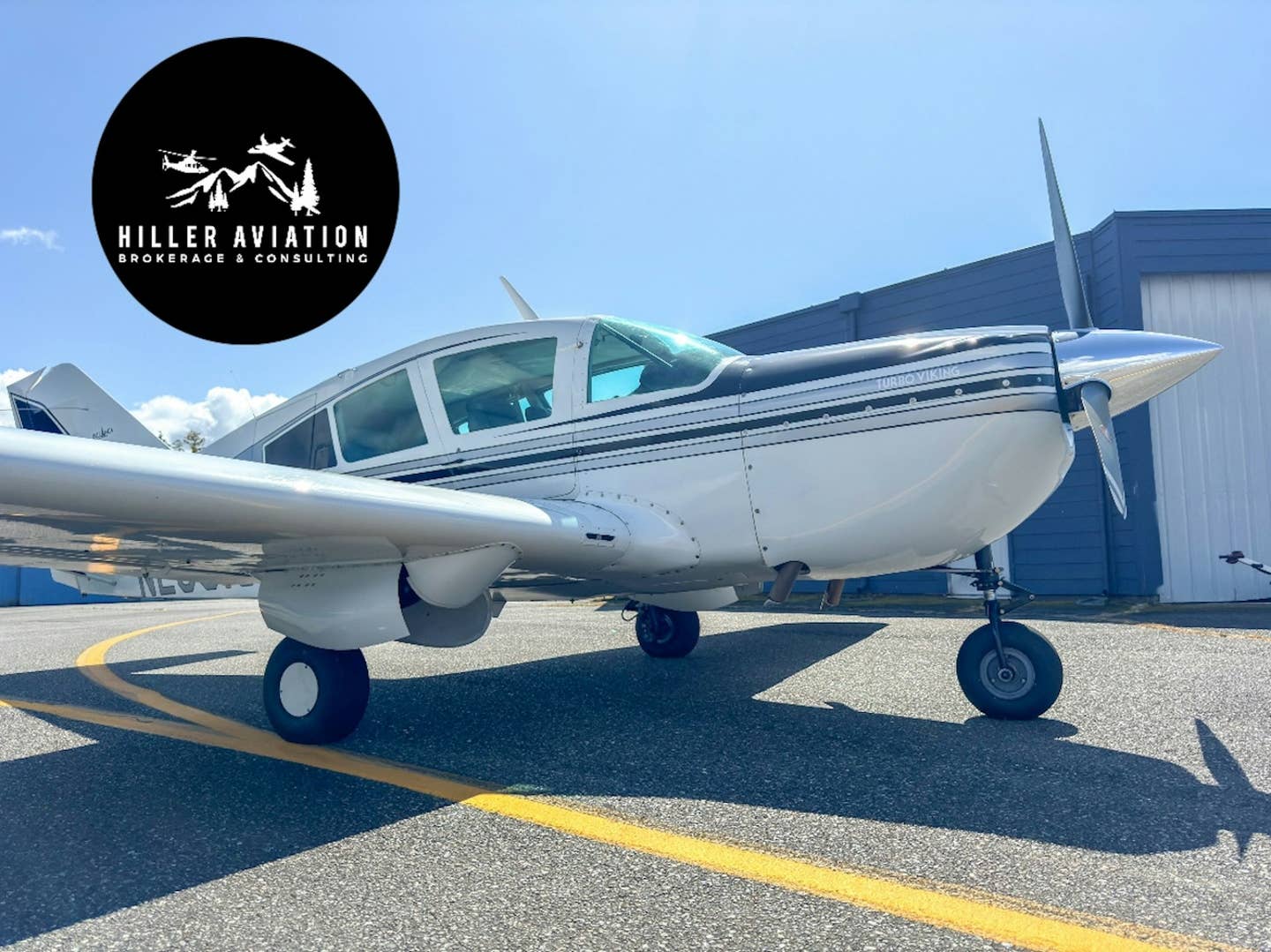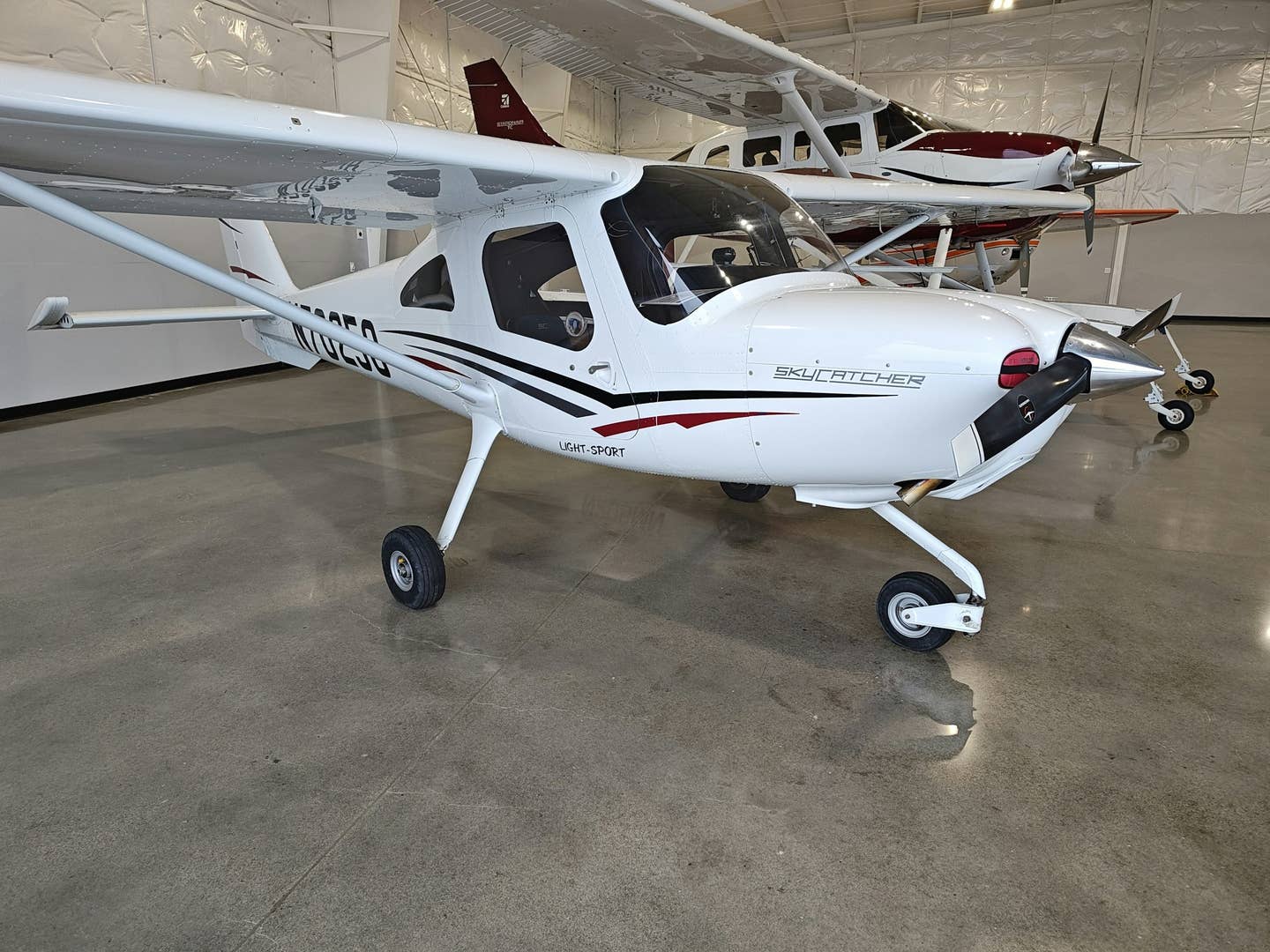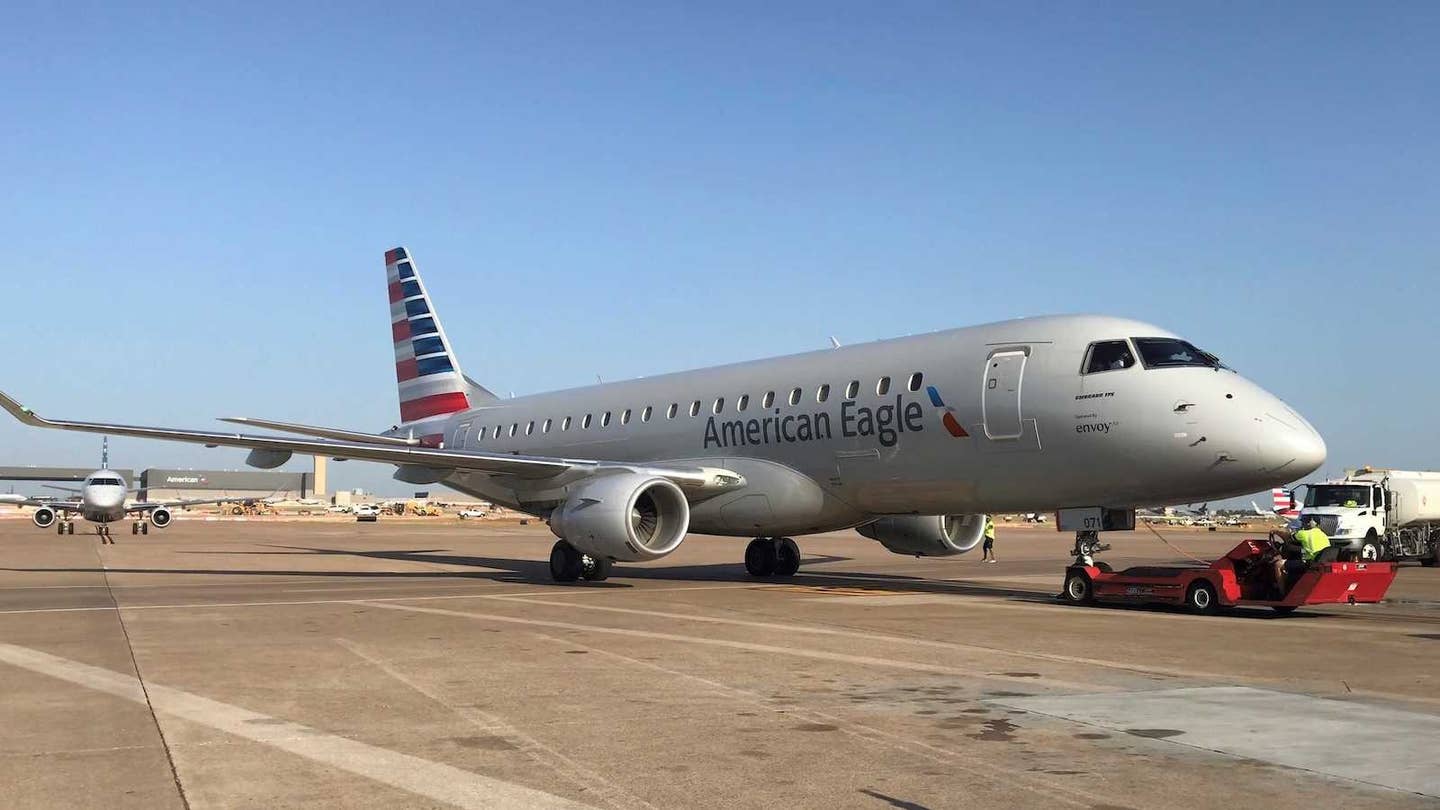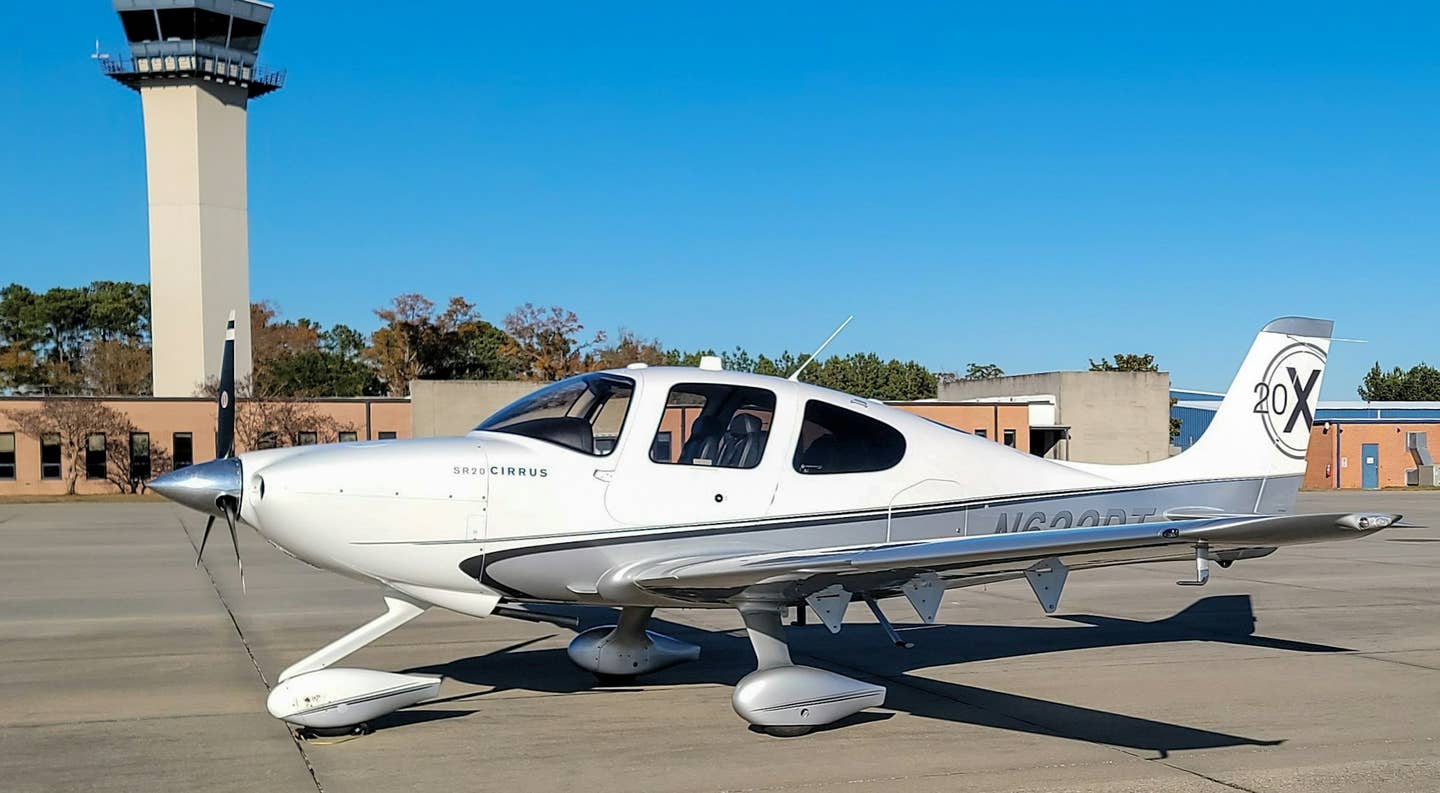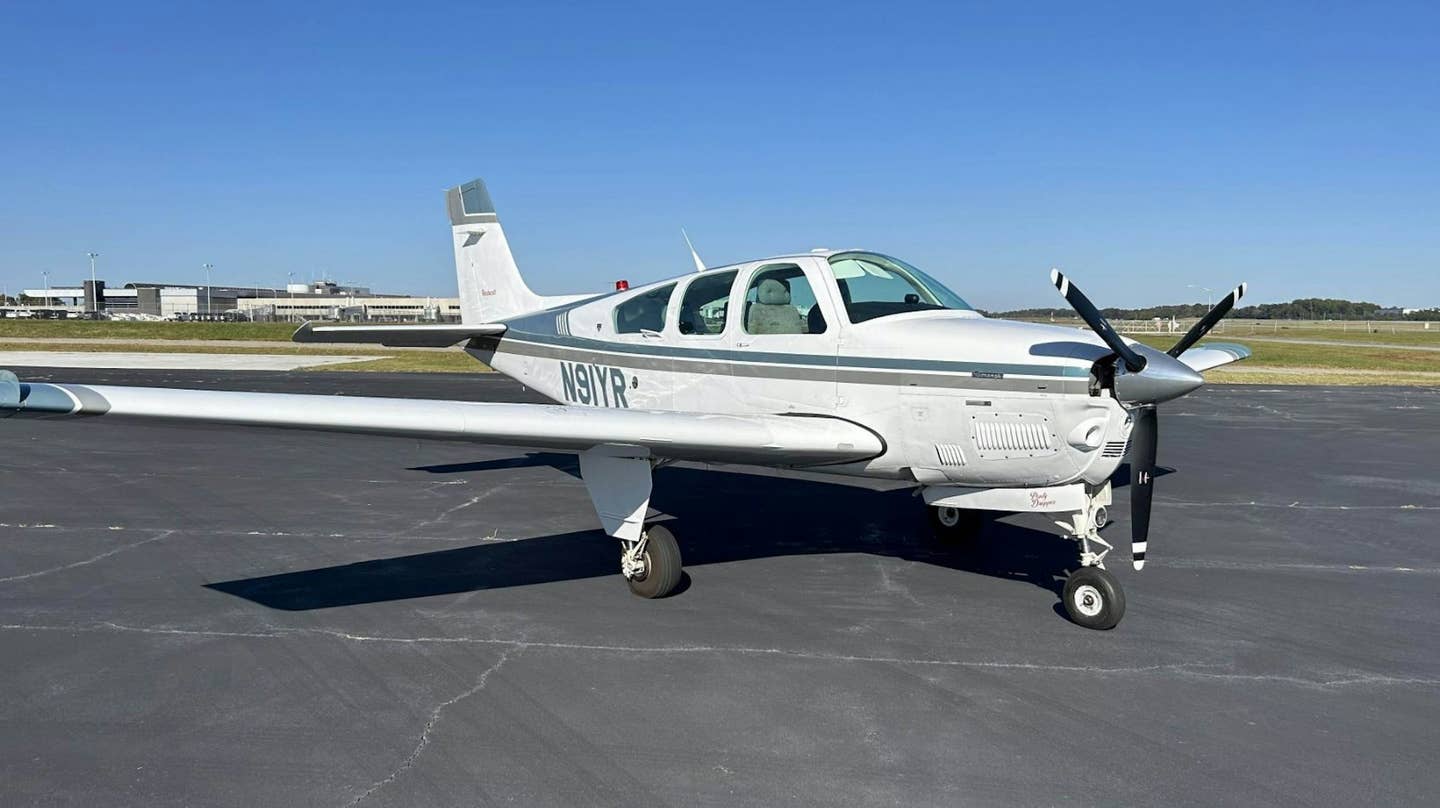
** Oshkosh welcomes the first arrival of the
Boeing 787 Dreamliner, the first midsize
airliner capable of a range of more than
8,500 nautical miles.**
(October 2011) Shortly after retrieving credentials at the media counter, I glanced at my BlackBerry display. The time was 0830. Good deal. I had an hour of free time to wander around the nooks and crannies of EAA AirVenture before the scheduled arrival of the 787.
After concluding that I really didn’t need to agonize over a decision to purchase a wooden miniature of a 777 as an addition to my office dust-clutter collection, I began to walk toward the flight line. A whooshing sound caught my attention. A Boeing airplane with the identifiable blue and white logo whispered majestically above the runway. Its composite wings characteristically curved upward as it climbed after completing a low approach. Way cool. I smiled. Wouldn’t you know it?
The boys and girls from Seattle were early. Not wanting to miss a photo op amid the crowded frenzy of the tow-in to ConocoPhillips Plaza, I increased my pace from a fast walk to a jog.
Oohing and aahing to myself, I admired the sheer aesthetic beauty of the airplane as it rolled forward on the taxiway toward the awaiting tug. Although still a hulking presence, it was smaller than the 777 that I fly at my day job, but it had a more futuristic appeal. Perhaps the futuristic appearance could be attributed to the larger cockpit windows and the elongated passenger windows. Adding to the unique quality was the absence of the traditional aft sliding window at the pointy end. The shark tooth scallops at the aft end of the Rolls-Royce Trent 1000 engine cowls completed the look.
After clicking off a few shots with my camera, I trotted away, grateful with the thought that I had been fortunate to have secured both a media tour and an interview with a Boeing test pilot.
Much about the 787 design has become public knowledge among aviation enthusiasts. It has almost become old news. My focus was to learn more about the airplane’s flight characteristics compared to the 777. In addition, the background and perspective of a test pilot would provide great insight for a new generation of state-of-the-art, composite-constructed, electronic airliners. Considering the fact that my company has a delivery scheduled for 2014, it might be the last time in my career that I’d get to fly an airplane off the showroom floor. (The 757 was my first.) And with a 777 type rating on my certificate, the word from the FAA is that a satisfactory completion of Boeing’s provisionally approved five-day differences training will entitle me to have 787 printed on my license.
Although the test pilot for my interview was not directly involved with the 787 program, his credentials were unprecedented. Capt. Steve Taylor is president of Boeing Business Jets, which makes the BBJ, the corporate version of the 737. The fact that Taylor has no military background, like myself, made his participation that much more interesting.
Steve had flown as the copilot for the leg from Boeing Field to Wittman Field — although he does not possess a type rating for the 787, nor does anyone else. As of this writing, the airplane remains in the Experimental category — an apropos piece of trivia not lost on many EAA attendees. The pilots flying the new jet hold a simple FAA letter of agreement (LOA).
Steve's passion for aviation was generated in a major part by his dad. In fact, his dad had been a Boeing test pilot up until the days of the B-52 development. He still flies his own Aerostar — at the young age of 90 — in IFR weather nonetheless.
Although his father’s name provided Steve with a foot in the door, he still had to prove his qualifications. A mechanical engineering degree at the University of Seattle, and an economics and business administration degree at the University of Redlands, in addition to his flight experience, formed the foundation for his career. He was offered a sales position by the original BBJ president. Posturing with all of 800 hours of total flight time, he promised to accept employment under one condition. If he were to sell BBJs, then it would be to Boeing’s advantage for him to have a 737 type rating. The BBJ president agreed.
Although Steve enjoyed his situation at Boeing, he always maintained a desire to fly professionally. When the opportunity arose to fly BBJs internationally for private owners, he jumped at the chance. After acquiring heavy jet experience for 2½ years, his resume allowed Steve to reapply to Boeing as a corporate pilot. He admits to an unorthodox career path, but he is grateful. Luck and good fortune have allowed him challenging and interesting assignments. He now has 5,000 hours of total flight time. In airline terms, that’s not much considering the equipment he has flown.
I asked Steve if he had ever contemplated an airline career. He hesitated for a moment, grinned and cleared his throat. He had soloed at the age of 16. Shortly thereafter he had received some negative attention from the FAA regarding a low-altitude flight. Unfortunately, the low-altitude flight had concluded with a violation. He assumed that a violation would not be viewed favorably on an airline application. The rest, of course, is ancient history.
Despite all of Steve’s opportunities to fly a variety of airplanes as a test pilot, his favorite machine is still a J-3 Cub. He holds fond memories of the time that he flew out from the West Coast to Oshkosh at the age of 17 and slept under a tent by the airplane. In that regard, he considered the flight into Oshkosh with the 787 one of his best moments on the job.
Although I felt foolish for asking a stereotypical question, I inquired as to Steve’s recall of any anxious test pilot moments. He offered praise for Boeing’s procedures and the extreme focus on safety. A briefing is always given prior to any test flight. Engineers and pilots are both involved. Chuck Yeager-type flights have all but disappeared.
However, Steve did cite one event with the 737 that gave him cause for concern. The nose-mounted enhanced vision system installed on some airplanes had indicated a tendency toward creating turbulence. A test to determine the origination of this turbulence had to be executed in a banked turn that created a 2.5 G force above Mmo (maximum operating Mach). Not quite certain how the airplane would perform or exactly the characteristics that would be encountered, a few tense seconds passed. Fortunately, the airplane kept its pieces together.
So, what about the 787 Dreamliner? First, I was curious as to how pilots were initially trained without a flyable airplane, let alone a noncertified one. In this day and age, a simulator is designed that duplicates anticipated flight characteristics. As a matter of fact, two simulators are utilized. One is a mechanical simulator that assists the engineers with various testing requirements. The other is for flight training. Four years of simulator flight training was completed before pilots flew the actual airplane.
Because the 787 is fly-by-wire, software controls the flying feel. The software can be tweaked in order to achieve a particular flight characteristic. As an example, in an effort to improve the 777’s tendency to overreact when a pilot induces rapid roll movements during gusty wind conditions, a dampener was designed into the software logic. Steve indicated that a noticeable dampening difference was apparent when a switch was literally turned on and off between the 787 software and the 777 software on one test flight.
As part of the certification process, Boeing flew the actual airplane with FAA check pilots at the controls to prove minimal handling differences from the 777. The check pilots had no prior 787 experience.
As compared with the smaller screens of the 777 cockpit, the displays for navigation, primary flight reference and engine parameters are laptop size. In addition, information can be split on a particular screen rather than utilizing a switch to move an entire display. For example, system synoptic schematics can be viewed on the same screen with the captain’s nav display. As an added bonus, a flight profile display can now be selected.
Airplane nose No. ZA001, which flew into Oshkosh, wasn’t exactly the multicolored mood-lighting Dreamliner that passengers will experience inside. Fully reclining leather sleeper seats were nowhere to be found. Instead, 46 not-quite-ergonomic engineer seats were scattered throughout the cabin alongside various test station equipment.
From the front section of the airplane through the aft section, a series of water ballast tanks was connected down the center aisle. The tanks allowed water to be shifted in order to simulate various weight and balance configurations. A clever secondary purpose of the tanks was to allow the 250 kVA engine-driven generators to power the water heaters installed so that output capabilities could be tested.
Speaking of generators, many of the 787 systems are electrically controlled. As a departure from engine bleed-air tradition, the wing leading-edge devices are electrically heated. Even the landing gear is electronically actuated along with the associated brakes. Cockpit circuit breakers exist only as a virtual display. And that’s just the “Reader’s Digest” version of 787 systems.
In any case, having familiarity with some of Boeing’s family of airplanes, I have no doubt that the flying will require minimal adjustment from the 777. The rest will be in my head, so to speak.
Regardless, I am eager for the opportunity to fly my last showroom model. Very cool that it’s a Dreamliner.

Sign-up for newsletters & special offers!
Get the latest FLYING stories & special offers delivered directly to your inbox

